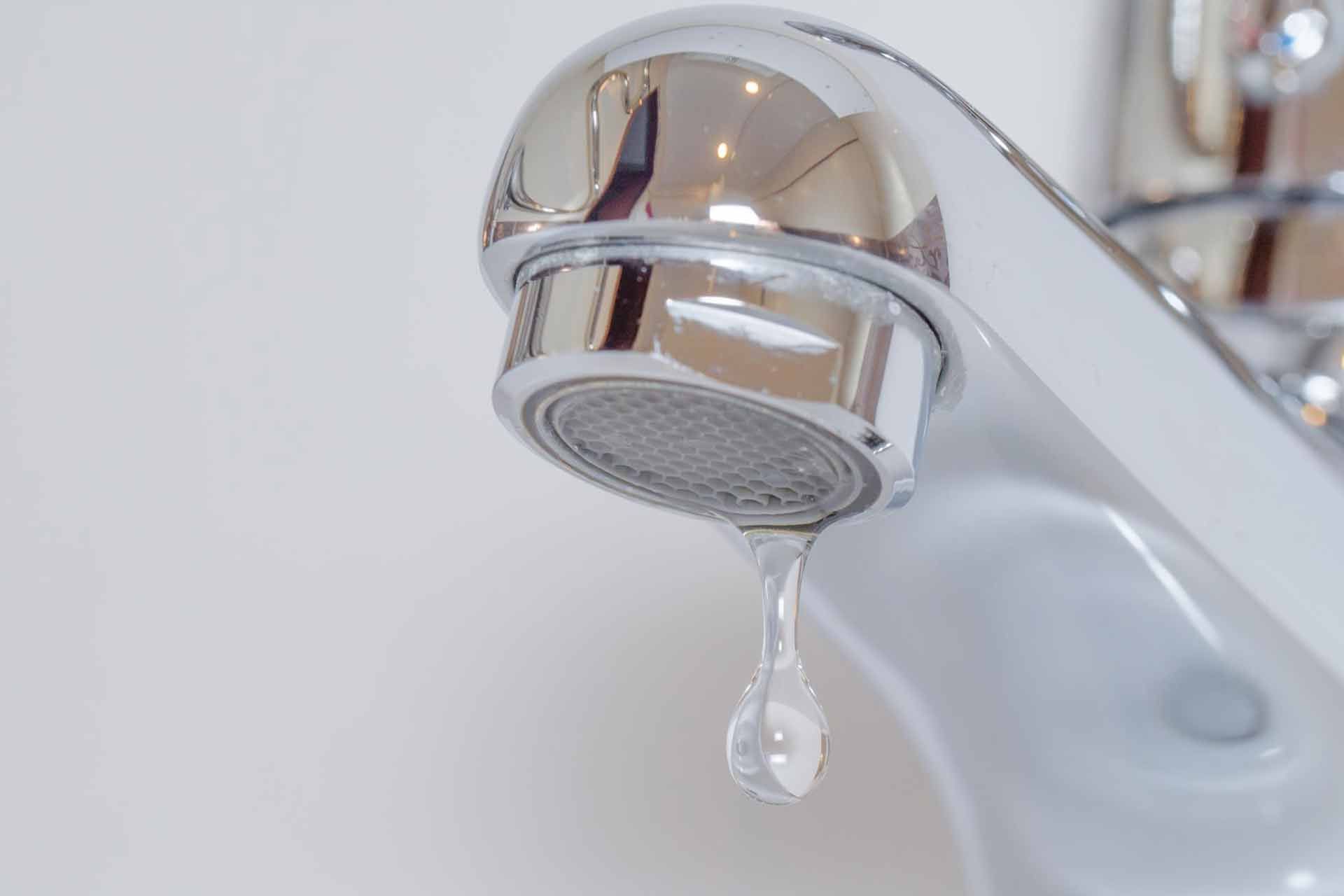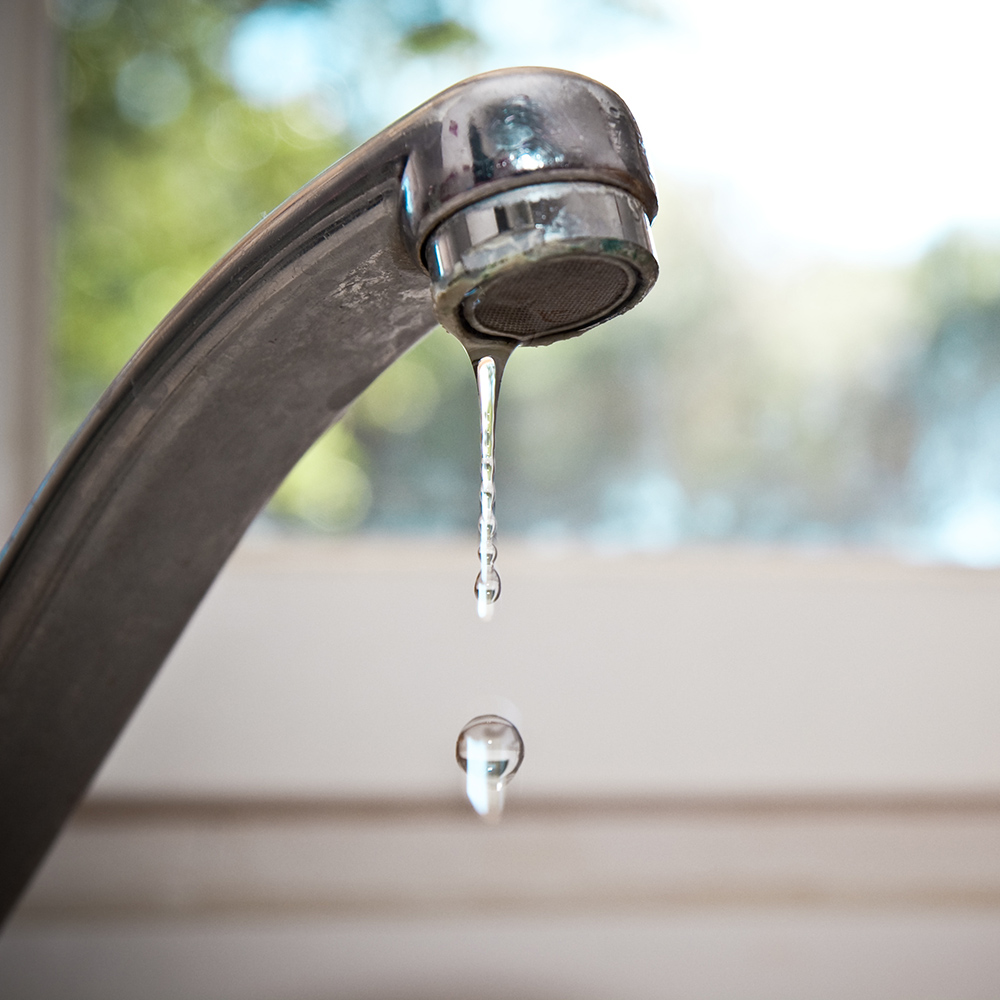An Effects of Enduring a Faulty Faucet
An Effects of Enduring a Faulty Faucet
Blog Article
Just about everyone maintains their personal piece of advice when it comes to The Environmental Impact of Leaky Faucets.

Introduction
A dripping tap may appear like a minor inconvenience, but its consequences extend far beyond the occasional drip. Understanding the impacts of a leaky faucet is critical for both house owners and the setting. In this post, we'll explore the numerous impacts of this typical household problem and why resolving it quickly is necessary.
Causes of Leaky Faucets
Leaky faucets can arise from a variety of factors, including deterioration, high water pressure, and rust. In time, the constant use of taps can cause damaged seals and gaskets, creating leakages to create. In addition, too much water stress can put stress on plumbing components, causing leakages. Deterioration and corrosion can additionally compromise faucet elements, making them susceptible to leak.
Water Waste
One of one of the most significant effects of a leaky faucet is water wastage. Also a tiny drip can amount to gallons of wasted water with time. This not just drives up water bills but additionally adds to water scarcity and environmental deterioration. Attending to dripping taps without delay is important for conserving this priceless source and reducing its impact on the planet.
Financial Influence
Along with drainage, leaky faucets can also have a substantial economic impact. Boosted water bills are a direct consequence of water wastefulness, costing property owners numerous bucks each year. Additionally, the cost of repairing water damages triggered by leakages can be considerable, especially if left unattended for an extended duration.
Ecological Impact
The ecological impact of dripping taps expands beyond water waste. By conserving water, house owners can add to wider initiatives to mitigate water scarcity and shield natural environments. Sustainable options such as rain harvesting and water-efficient fixtures can better reduce the ecological footprint of household water use.
Technical Solutions
Improvements in innovation have brought about the growth of clever faucets and water-saving gadgets that aid lessen water wastefulness. Smart taps use sensing units to discover activity and adjust water flow appropriately, decreasing waste without compromising convenience. Water-saving devices such as aerators and low-flow showerheads are also effective in conserving water without compromising performance.
Worldwide Perspectives
While leaking taps might look like a localized issue, they contribute to wider international difficulties such as water shortage and climate change. In areas currently encountering water anxiety, every decline counts, making leakage avoidance and repair service important. By embracing water-saving techniques and purchasing sustainable technologies, house owners can play their part in resolving these pushing international concerns.
Regulatory Actions
Federal government policies play a vital duty in alleviating the influence of dripping taps and advertising water conservation. From developing codes that require water-efficient fixtures to water-saving motivations and rebates, policymakers have a variety of devices at their disposal. By applying and enforcing these guidelines, federal governments can guarantee that property owners prioritize water preservation in their daily lives.
Area Effect
Dealing with leaky faucets requires collective initiatives at the neighborhood level. By elevating understanding regarding the significance of water preservation and supplying resources for leak discovery and repair service, neighborhood authorities can encourage homeowners to take action. Campaigns such as water-saving discount programs and leak detection campaigns can incentivize habits adjustment and promote liable water usage.
Case Researches
Real-life instances of the influence of leaky taps highlight the relevance of proactive upkeep and prompt repair work. From water damages to escalating water expenses, the effects of disregarding leaks can be extreme. By sharing these case studies, homeowners can better recognize the value of attending to leaking faucets promptly.
Educational Campaigns
Educational campaigns play a vital function in elevating understanding about the impacts of leaky taps and promoting water conservation methods. With workshops, seminars, and online resources, home owners can find out just how to spot and fix leaks themselves. By empowering individuals with understanding and tools, educational projects can cultivate a culture of responsible water usage within areas.
Health Issues
Leaking taps can develop helpful settings for mold and mildew and mildew development, presenting wellness threats to occupants. The presence of mold and mildew can exacerbate respiratory system issues and allergies, particularly in prone people. In addition, water damage arising from leakages can endanger the architectural integrity of buildings and result in expensive repair work.
DIY vs. Specialist Repair service
When faced with a dripping tap, home owners commonly question whether to try repairs themselves or employ an expert plumber. While do it yourself fixings can conserve money, they may not constantly address the underlying problem effectively. Professional plumbing technicians have the expertise and devices to diagnose and deal with leaks appropriately, guaranteeing lasting services and peace of mind for home owners.
Preventive Measures
Avoiding leaky taps needs regular upkeep and aggressive procedures. Simple tasks such as replacing damaged washers and seals can prevent leakages from creating. Additionally, updating to premium components and decreasing water stress can help lengthen the life expectancy of taps and lessen the threat of leaks.
Final thought
In conclusion, the effects of a leaky tap expand far past the periodic drip. From water wastefulness and boosted water expenses to wellness concerns and ecological influence, the consequences of overlooking leaks can be substantial. By addressing dripping taps quickly and taking on water-saving techniques, property owners can minimize these results and contribute to a more lasting future.
Why You Shouldn’t Ignore a Leaky Faucet in Your Home
What Causes a Leaky Faucet?
Various factors can cause a leak, from loose and worn-out parts to corrosion. Your faucet has four essential components from which most plumbing issues will stem: the O-ring, the valve seat, the washer and the gasket.
What Is an O-Ring?
The O-ring is a stem screw that fastens parts of the faucet in place, preventing water from leaking out of the spout. Depending on your faucet type, the stem might have multiple O-rings. Water will drip from the faucet’s handles and base if this part breaks or deteriorates.
What Is a Valve Seat?
The valve seat controls the flow and temperature of the water. Found at the base of the handle, it works as a seal for the faucet’s stem. The valve seat ensures the water is allowed to flow or is blocked as the handles dictate. You’ll know it’s malfunctioning when water leaks from your faucet’s sides.
What Is a Gasket?
The gasket is found between the water inlet and the valve stem. It creates a seal between the faucet and the sink, holding its joints by aerators attached to the stem’s head. Water will trickle out from the base if the gasket isn’t working.
What Is a Washer?
The washer secures the handles and prevents leakage, serving a similar purpose to the O-ring. While the O-ring is ordinarily round and made from an elastic material, such as rubber, the washer is square-shaped and composed of brass, copper and other hard metals. If it malfunctions, corrodes or has been improperly installed, water will leak out of the handles, causing that incessant faucet drip.
Why Is a Leaky Faucet Dangerous?
A leaky faucet left alone for too long can have significant consequences.
Pest Infestations
Since bugs and rodents gravitate towards the scent of water, a leaky faucet will draw pests to your sink. Both are looking for leaks accessible through crawl spaces, which a faucet provides. If you leave water dripping for too long, you run the risk of an infestation.
Rust
If one of the faucet parts has started to corrode, the resulting rust can spread to your pipes and valves with startling speed. The rust might even lead to cracks or other impairments, resulting in more severe plumbing issues.
Your sink could also sustain damage from a leaky faucet. The water in your tap possesses sparse elements of calcium and iron that can stain your sink with repeated and prolonged exposure. Once those elements in the water have been open to the air for some time, your sink will start to rust, creating marks that can be difficult to remove.
https://www.tomsmechanical.com/blog/why-you-shouldnt-ignore-a-leaky-faucet-in-your-home

We are very fascinated by The Environmental Impact of Leaky Faucets and I really hope you appreciated the new blog post. Enjoyed reading our posting? Please quickly share it. Let other people find it. Thank-you for taking the time to read it.
Report this page